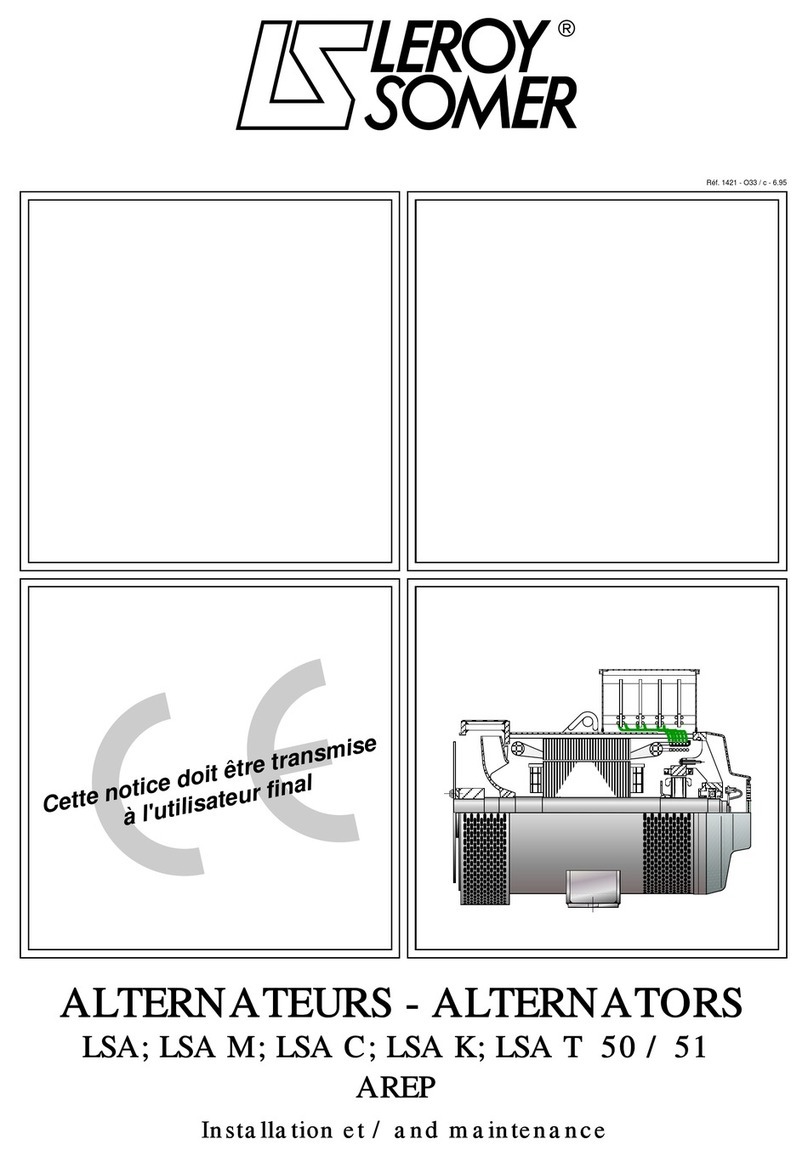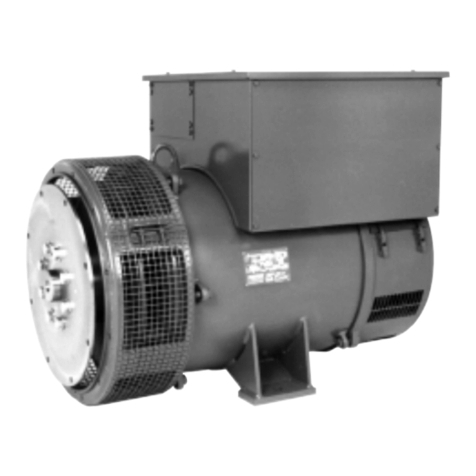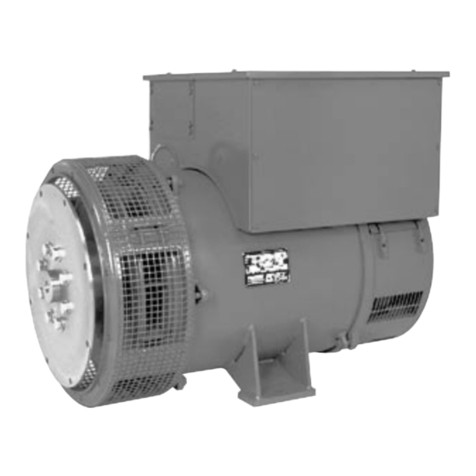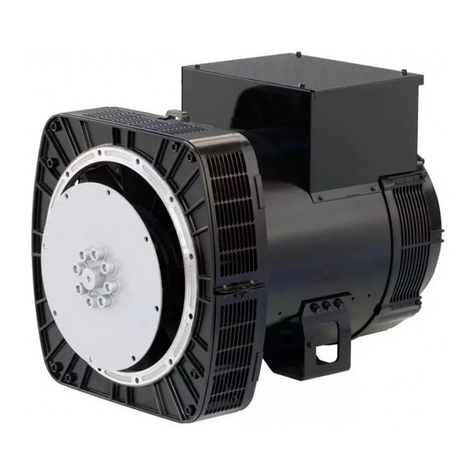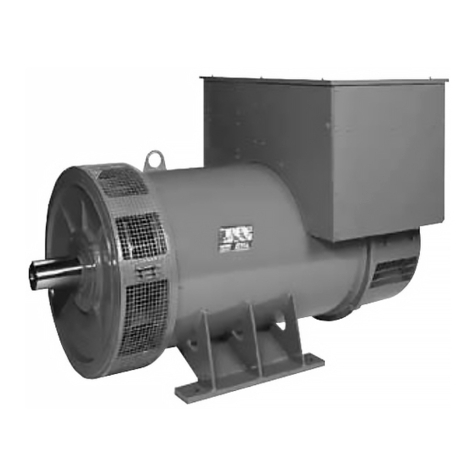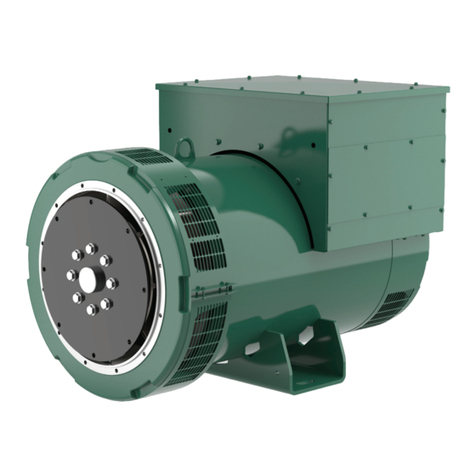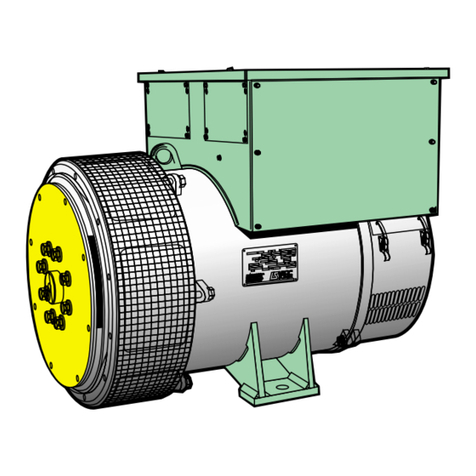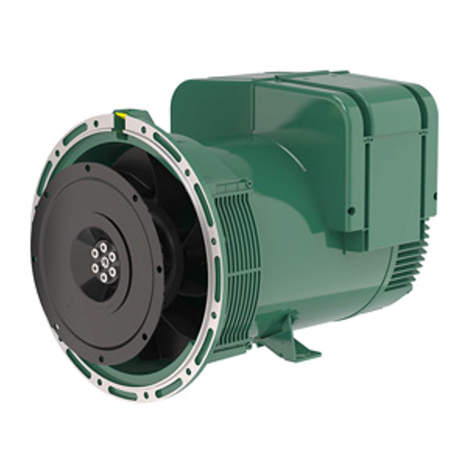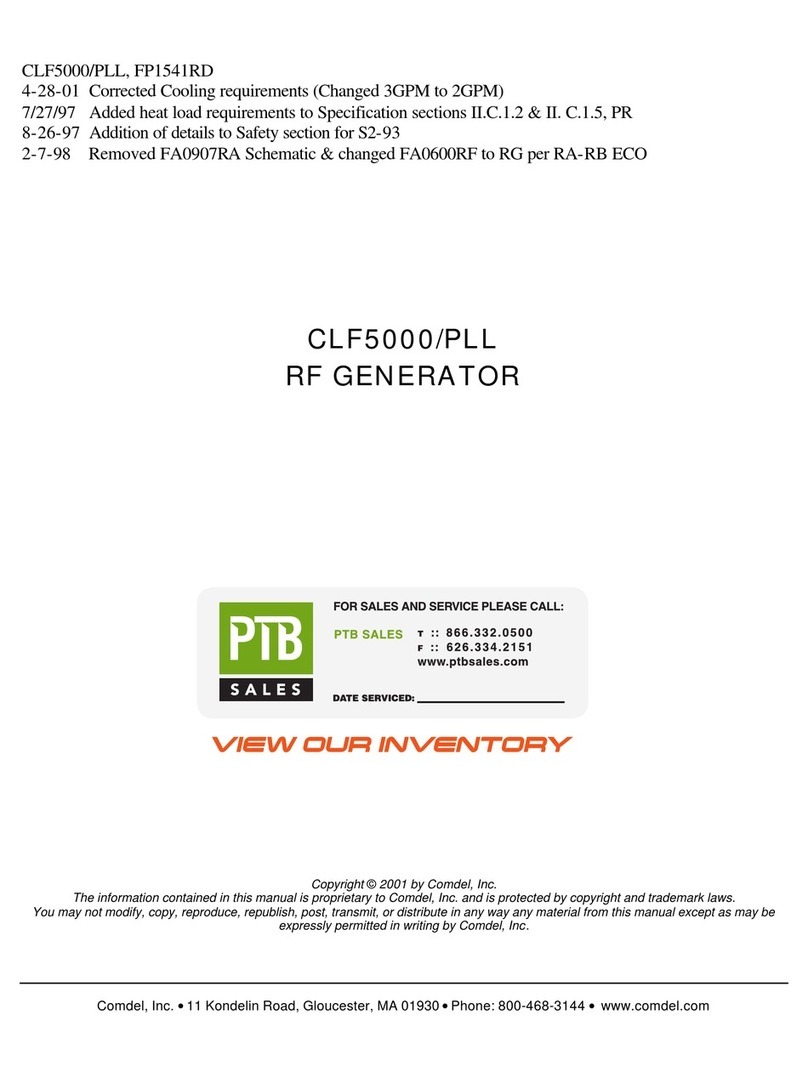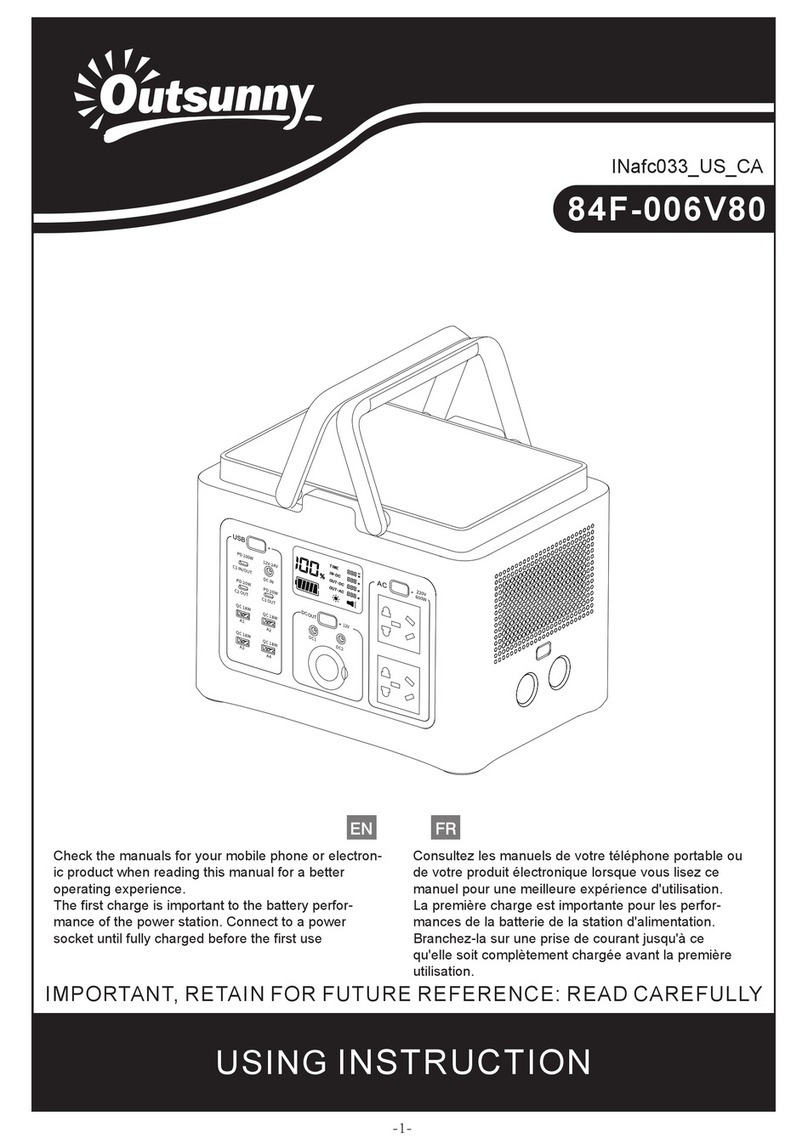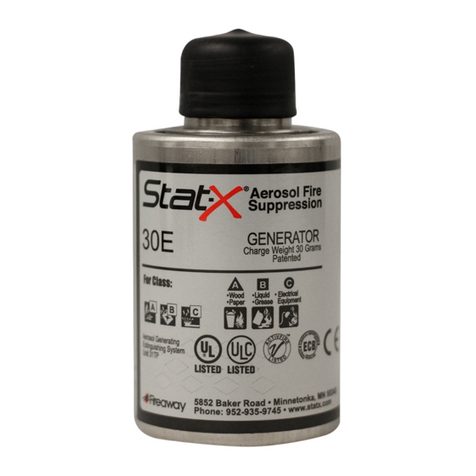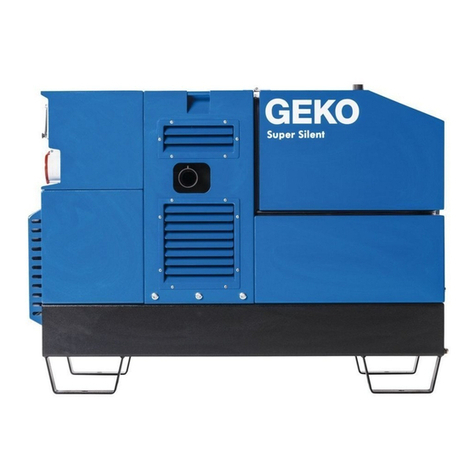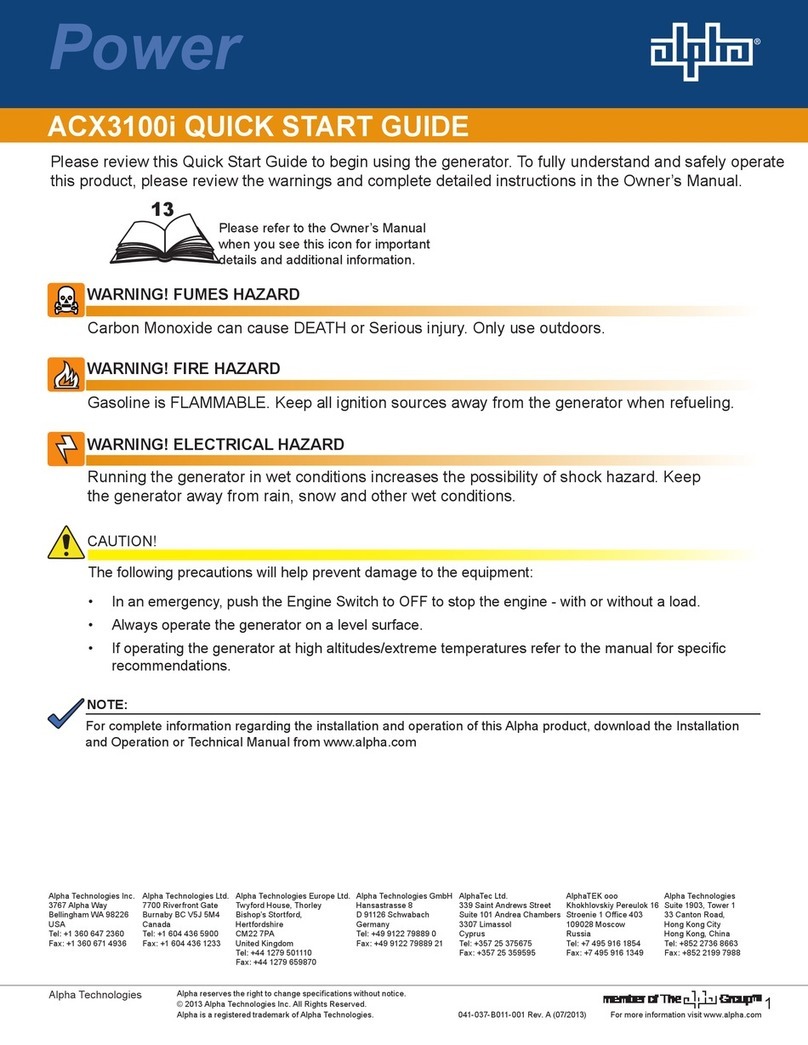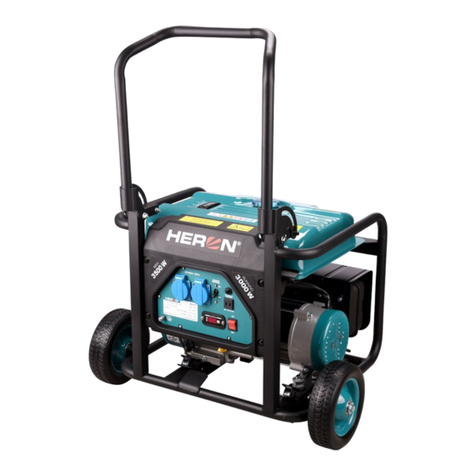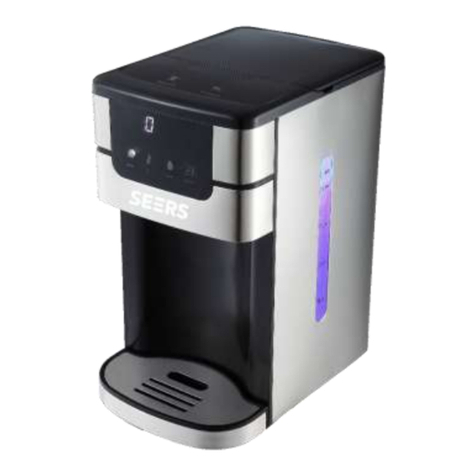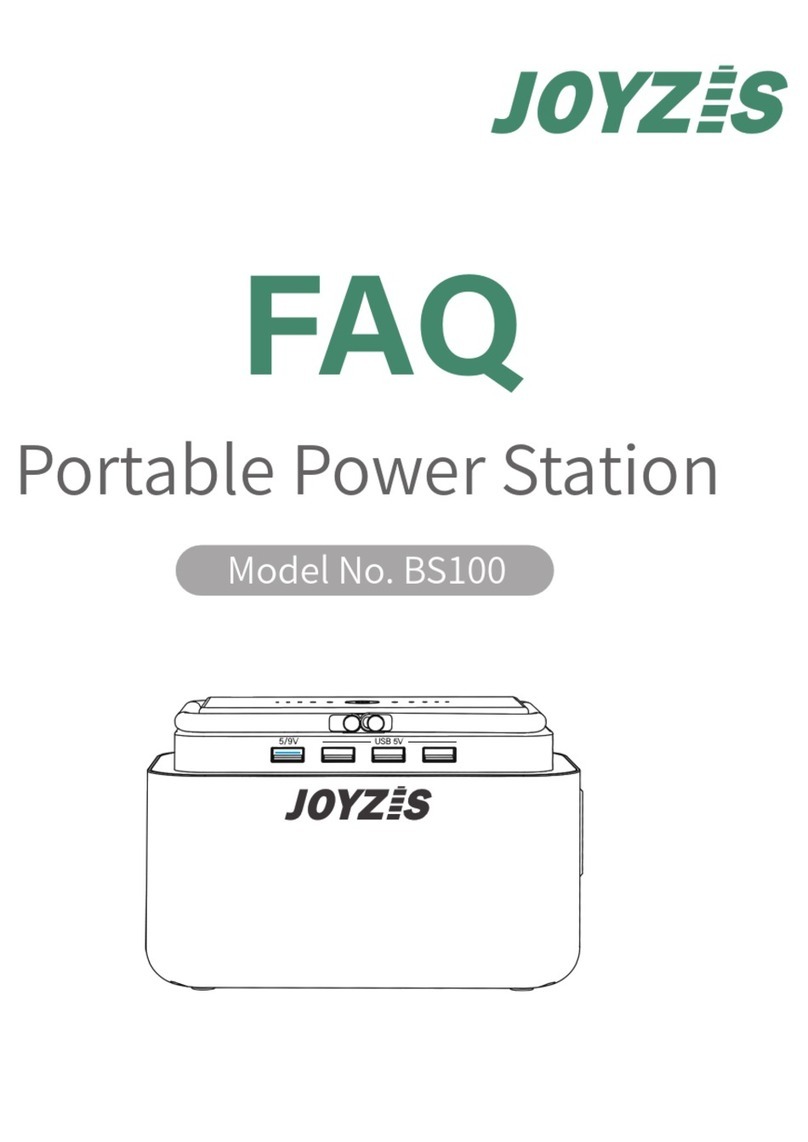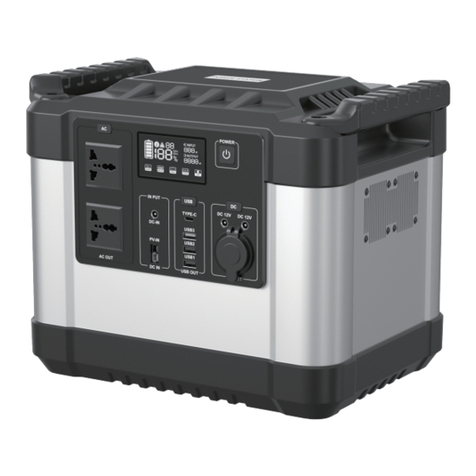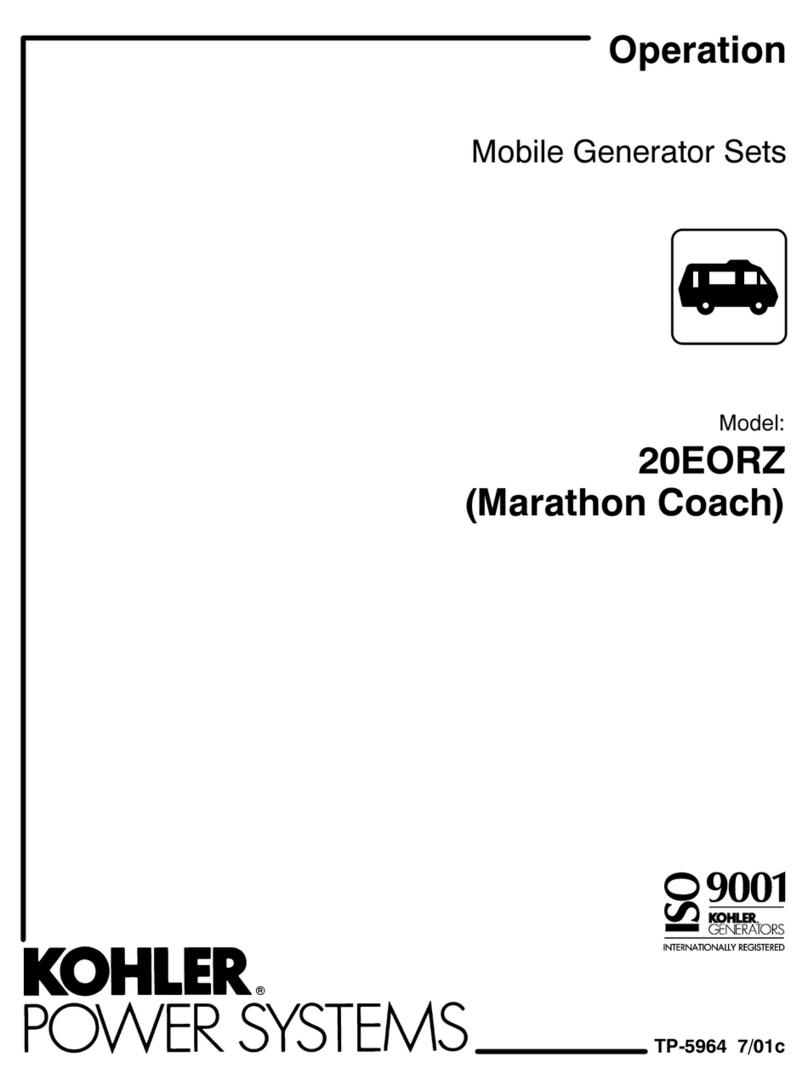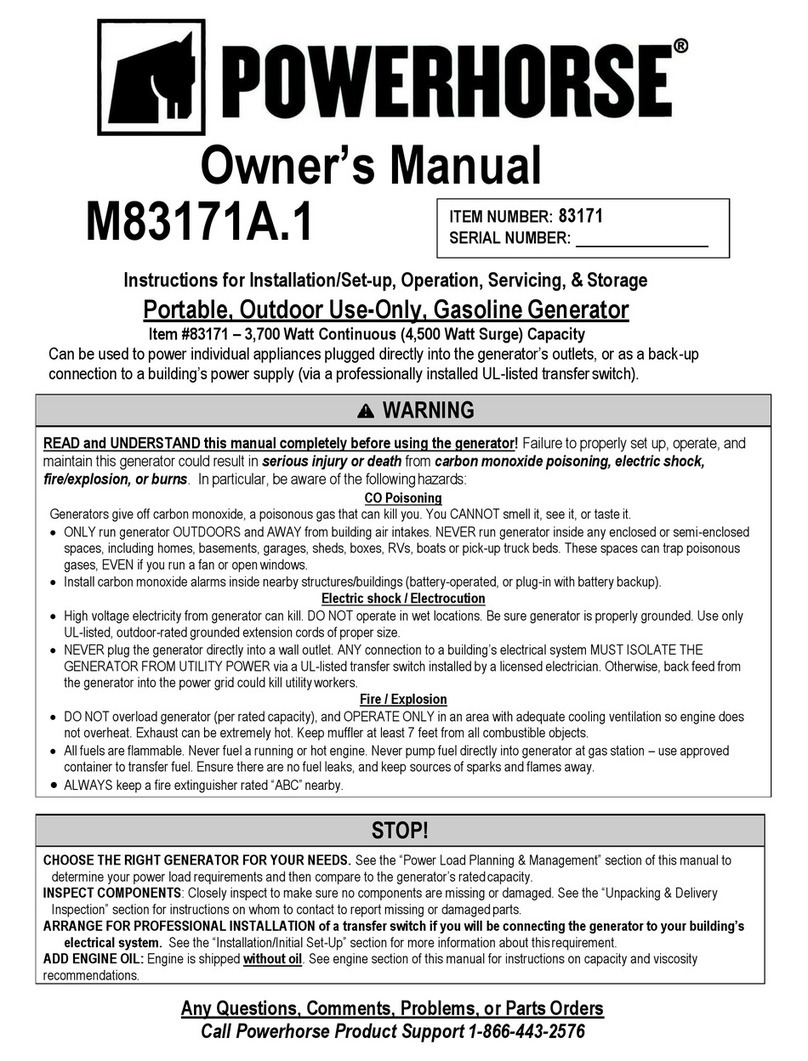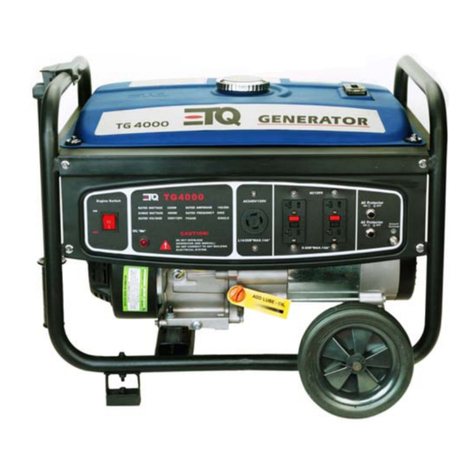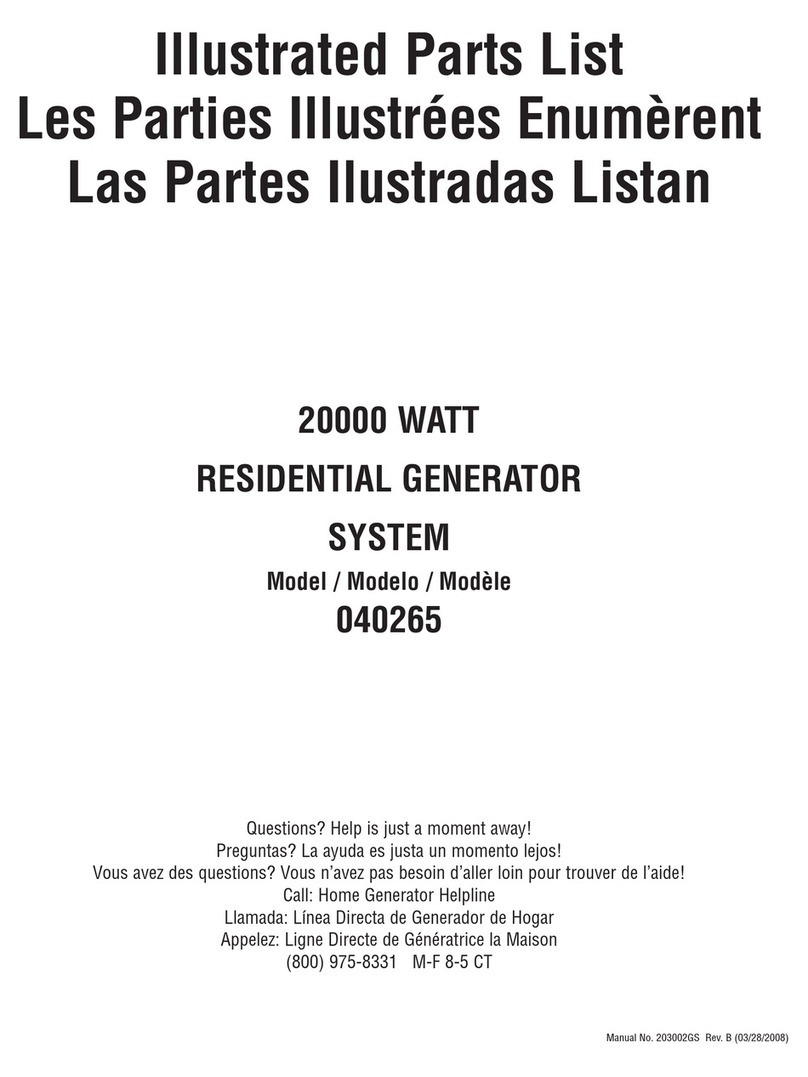
1.2 - Principe de fonctionnement
Lerégulateurdetensionestalimentépar2bobinagesauxi-
liaires, l'un des bobinages (5A) a une caractéristique
shunt(tension proportionnelle à la tension alternateur),
l'autre (5B) une caractéristique série (tension proportion-
nelle au courant du stator).
Lorsdudémarrage,grâceaurémanentdel'excitatrice,ilse
créeuncourantdansl'induitdel'excitatrice(1).Cecourant,
redressé par les diodes tournantes (2) alimente la roue
polaire (3). Celle-ci induit une tension dans le bobinage
statorde l'alternateur(4)(tensionde
sortie) ainsi que dans le bobinage
auxiliaire (5A).
La tension induite dans le bobinage
auxiliaire alimente à travers le
régulateur (6) l'inducteur de
l'excitatrice (7).
Lerégulateurdetension(6)contrôle
lecourantd'excitationdel'excitatrice
enfonctiondelatensiondesortiede
l'alternateur. En charge, surcharge
oucourtcircuitlebobinageauxiliaire
(5B) fournit un surcroit d'excitation
(effet booster).
2 - INSTALLATION
A la réception de votre alternateur, verifier l'état de la ma-
chine. S'il y a des dégats apparents , contacter le
transporteur.
2.1 - Emplacement - Ventilation
Lelocaldanslequelestplacél'alternateurdoitêtretelquela
température ambiante ne puisse dépasser 40°C pour les
puissances standard (pour des températures > 40°C,
appliquer un coéfficient de déclassement). L'air frais
exempt d'humidité et de
poussière, doit parvenir
librement aux grilles d'entrée
d'air situées côté opposé à
l'accouplement. Il est
nécessaire d'empêcher autant
que possible le recyclage de
l'air chaud sortant côté
accouplement,oudel'airchaud
provenant du moteur
thermique, ainsi que des gaz
d'échappement.
Avant l'installation
Veiller à retirer les papiers de
protection disposés lors de la
peinturedelamachinedansles
ouvertures.
2.2 - Vérifications électriques
Avant la mise en fonctionnement, il est recommandé de
vérifier l'isolement de la machine entre phase et masse et
entrephases.Le régulateur doit êtredebranchépourcette
opération. Celle ci s'effectue à l'aide d'un mégohmètre
(500voltscontinu).L'isolementdoitêtrenormalement
> 10 mégohms à froid.
ATTENTION . Il est formellement proscrit de mettre en
service un alternateur neuf ou non, si l'isolement est
inférieur à 1 mégohm pour le stator et 100 000 ohms
pour les autres bobinages.
Onpeuttrouverdesvaleursinférieuresencasdestockage
oud'arrêtprolongé,silamachineestutiliséedansunezone
1.2 - Principle of operation
TheAVRisfedby2auxiliarywindingslocatedinthestator.
One of the windings (5A) with shunt characteristic (delive-
ring a voltage proportional to the generator's output vol-
tage) and the second one (5B) with a series characteristic
(delivering a voltage proportional to the generator's output
current).
When starting the residual magnetism creates a current in
the exciter armature(1). This current is rectified by the
rotating diodes (2) and feeds the main field (3).
The induced voltage in the auxi-
liary winding (5A) is then used to
increase the excitation power via
the AVR (6) to the exciter field (7)
to ensure a rapid and smooth
build up of output voltage in the
main stator winding (4).
The voltage sensing for the AVR
is taken from the output leads
(phase V-W). On load, overload
or short circuit the auxiliary win-
ding (5B) supplies an additional
excitation voltage (boosting ef-
fect).
2 - INSTALLATION
Unpack the alternator, check for any damage to the crate
palletor plywood shipping container. If any damageis visi-
ble, it is possible the alternator itself has been damaged.
This damage should be reported to the shipping carrier.
2.1 - Location - Ventilation
The room in which the alternator is installed shall be such
that the ambient temperature never exceeds 40°C (at
normal ratings). For higher ambients a derating factor
should be applied.
Fresh air, free of humidity
and dust, must circulate
easily through the screen at
the non drive end of the
alternator. The recycling of
heated air, from the D.E. or
circulating from the prime
mover,shouldbeavoidedas
far as possible. Ensure
adequate ventilation for a
good air flow at all times.
Precautions to be taken
before installation
Makesureairinletandoutlet
openings are clear.
2.2 - Electrical checks
Before putting the machine into service, an insulation
checkbetweenphaseandearthandbetween phaseis re-
commended.Forthis operation the A.V.R. mustbedecon-
nected.Thisoneiscarriedoutbymeansofa"megger"500
V.d.c. Insulation should be > 10 meghoms.
CAUTION:Nomachinewhetherneworusedshouldbe
operated if insulation is less than 1 meghom for stator
and 100 000 ohms for other windings.
Iflower,themachinemustbedrieduntiltheminimumvalue
is obtained.
Alternator
LSA 41.1, 41.2, 42.1, 44.1 - 4P
Alternateur
LSA 41.1, 41.2, 42.1, 44.1 - 4P
